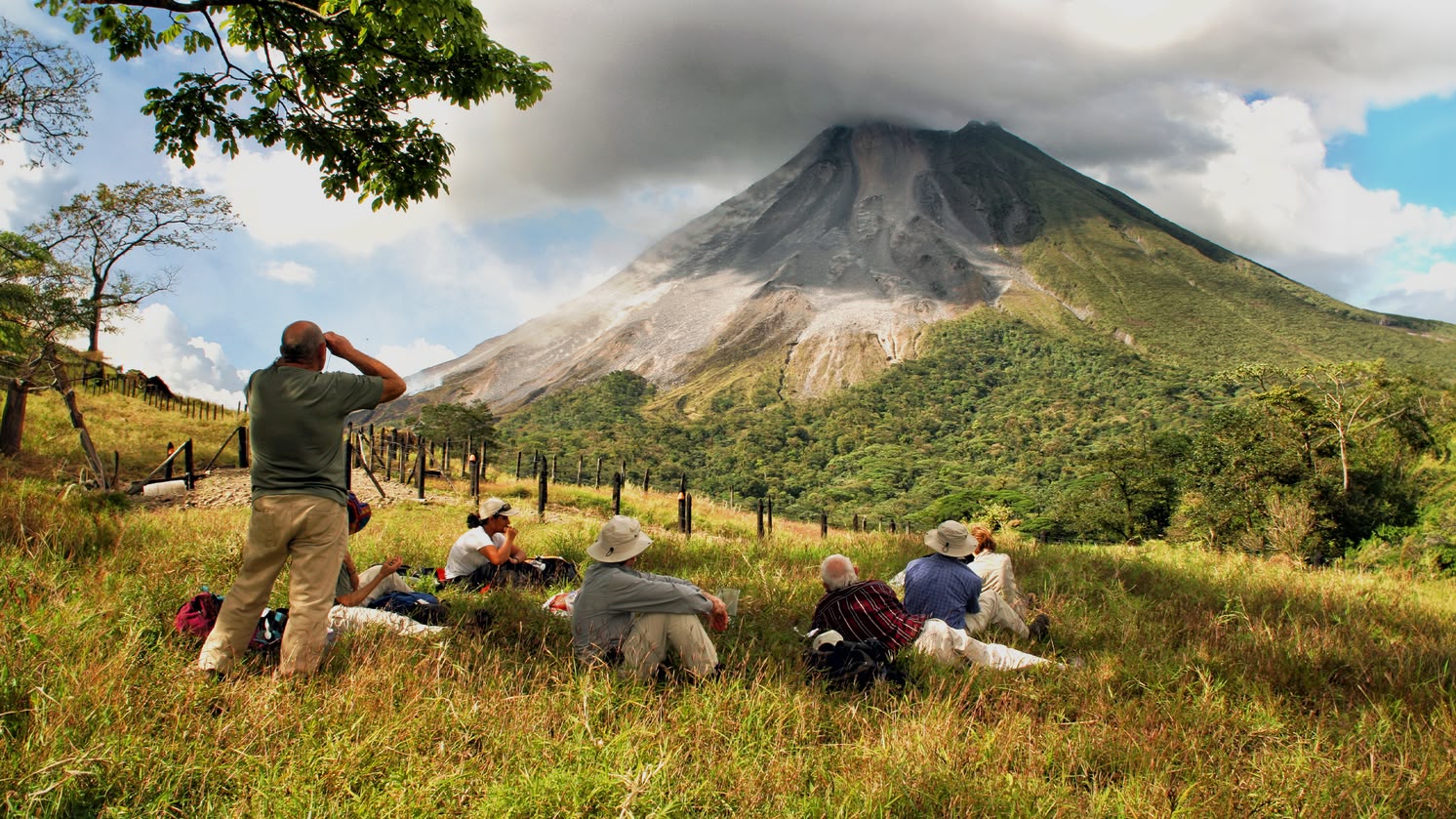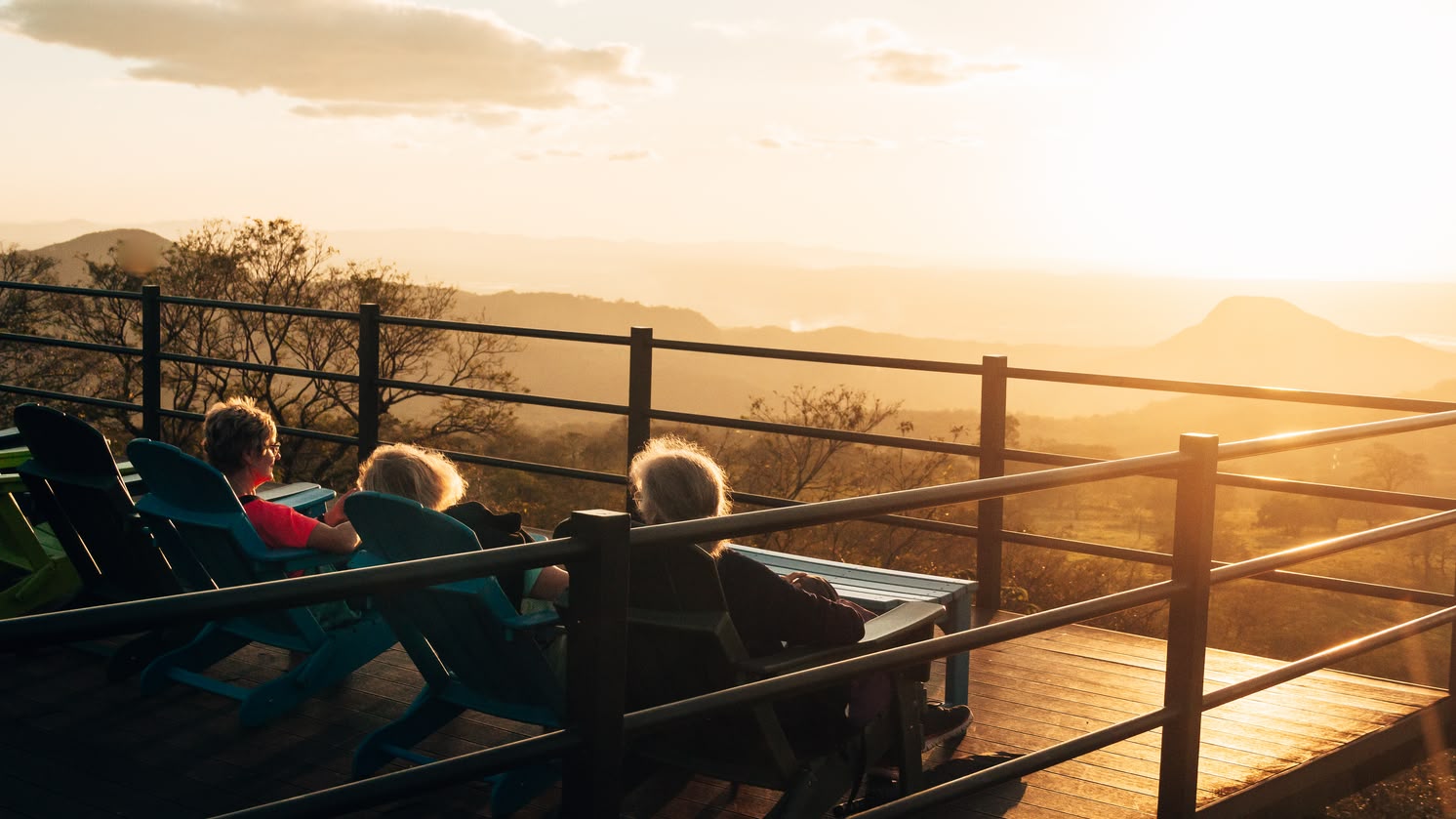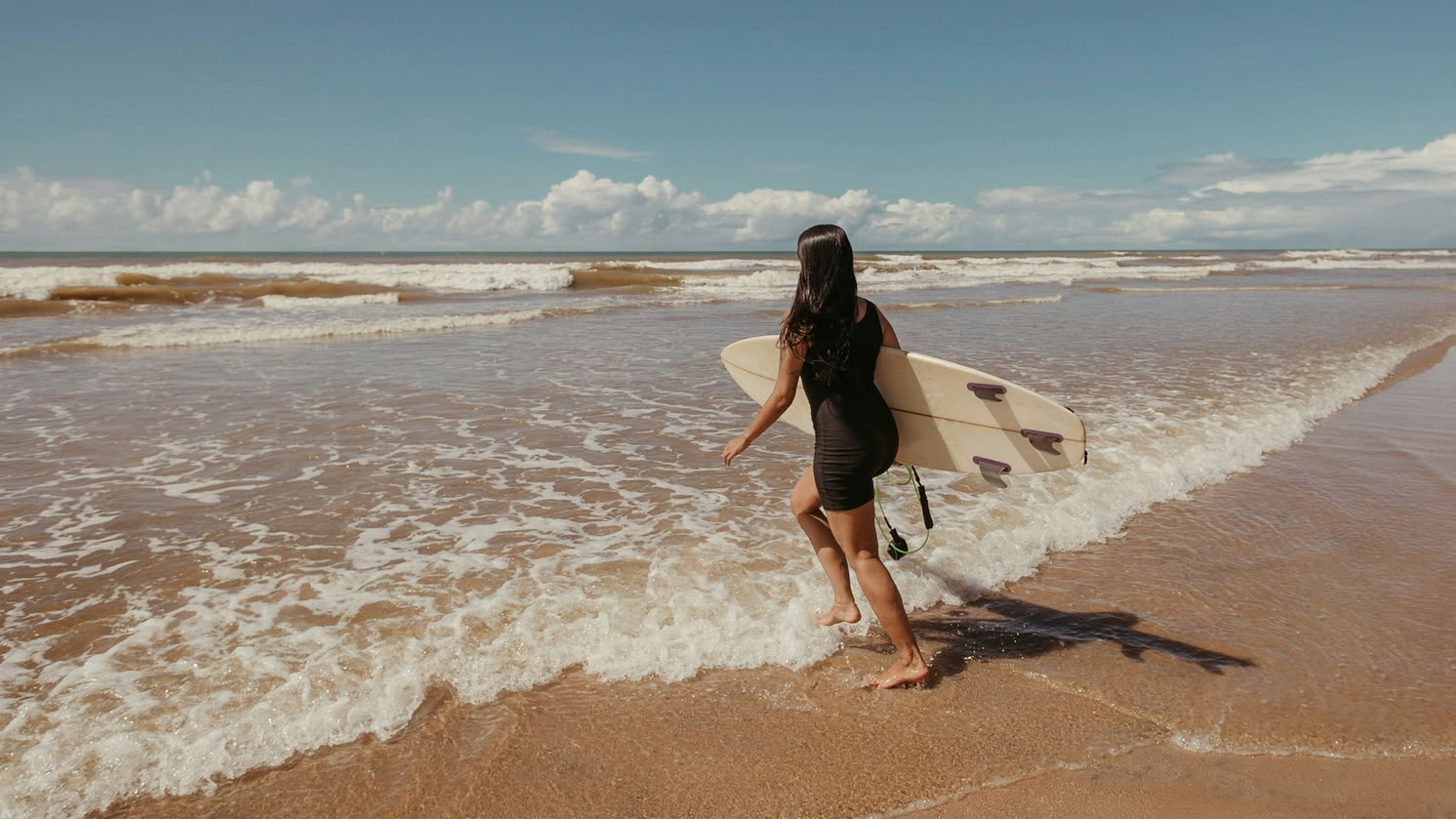The hidden treasure island of Costa Rica - Isla del Coco
Around 550 kilometres off the Pacific coast of Costa Rica lies Cocos Island, one of the country's most remote and fascinating national parks - and a UNESCO World Heritage Site. The uninhabited island is covered in dense vegetation, surrounded by dramatic cliffs and a unique marine ecosystem. Isla del Coco is a hotspot for adventurers, naturalists and especially for experienced divers from all over the world. Due to its remoteness, access is only possible by boat tour lasting several days - which makes it all the more exclusive.
Highlights
on the coconut island
✓ One of the best dive sites in the world
✓ Dedicated nature conservation and research station on site
✓ Untouched rainforest landscapes with waterfalls and cloud forest
✓ Pirate legends and mysterious treasure hunts
✓ Only accessible with authorisation and boat expedition
Sights of Kokos Island
Dive site
The waters around Isla del Coco are some of the most spectacular diving areas on the planet. The island is a mecca for experienced divers, especially due to the regular sightings of large schools of hammerhead sharks, manta rays, whale sharks and other deep-sea dwellers. The strong currents and the great diversity of species make every dive a real adventure - while visibility is often excellent. Anyone who goes underwater here will experience a natural spectacle that is unrivalled anywhere in the world.
Nature conservation and research station
Isla del Coco is not only a paradise for adventurers, but also a centre for active marine conservation and scientific research. At the small, permanently staffed ranger station, biologists and environmental wardens work to monitor and preserve the sensitive ecosystem. On request, visitors can gain exciting insights into conservation projects and monitoring programmes that are valued internationally. The island is a model for sustainable nature conservation in an increasingly endangered world.
Rainforest landscapes
Away from the coast, a fascinating world of dense rainforest, steep slopes and tropical vegetation unfolds on the Isla del Coco. Wisps of mist drift through the green canopy, while clear streams and waterfalls - such as El Genio - criss-cross the terrain. Endemic plant species grow here and rare birds can be observed in complete tranquillity. This secluded wilderness is one of the last truly unspoilt rainforest landscapes in the world.
Pirate legends
For centuries, stories have been told about hidden pirate treasures that are said to have been buried on the Isla del Coco. Names such as Captain Morgan and Benito Bonito are closely associated with the island and still fire the imagination of adventurers and treasure hunters to this day. Even though no gold has yet been found, the myth lives on in diary entries, stories and old maps. This mysterious past lends the island an additional charm - somewhere between history and legend.
Only accessible with authorisation
The Isla del Coco is deliberately strictly protected: It can only be reached as part of authorised boat expeditions lasting several days. The crossing takes around 30 to 36 hours from Puntarenas and is only offered by licenced diving and nature tour operators. On land, visitors are only permitted when accompanied by park rangers; motorised movement is prohibited. This restricted accessibility is one of the reasons why nature is still so intact here - and why every visit remains a real privilege.
Popular activities in Kokos Island
Diving
Experience spectacular encounters with schools of hammerhead sharks.
Photography
With its dramatic landscape, Cocos Island offers perfect photo opportunities.
Snorkelling
You can discover the underwater world even without a diving licence.
Birdwatching
Experience endemic bird species in undisturbed nature.
Research station
Gain an insight into the work of biologists and marine conservationists.
Boat trips
Discover steep cliffs, caves and secluded bays.
Are you ready to discover Kokos Island? Request your personalised itinerary and a quote today! Contact our experienced travel consultants now and take the first step towards your unforgettable adventure!
History of the place and interesting facts
Cocos Island was discovered by Spanish sailors in the 16th century and is said to have been used by numerous pirates as a hiding place and storehouse for treasure chests - including the legendary treasure of Lima. Many expeditions have been carried out there to this day, but the treasure remained undiscovered. The island has been a protected national park since 1978 and is only accessible for research and authorised diving trips. Jacques Cousteau once called it "the most beautiful island in the world".
Our tips on site
From June to October - best chances for big fish sightings, although possible all year round.
Best time to visit Costa Rica
Cocos Island is a strictly protected national park. Please respect all rules of the park administration and avoid any rubbish. Divers should have good buoyancy control so as not to damage the sensitive reefs.
Safety Costa Rica
Costa Rica has a tropical climate with two distinct seasons: the dry season from December to April and the rainy season from May to November. However, the weather can vary greatly depending on the region (Pacific, Caribbean, highlands).
Costa Rica weather
Our varied travel offer
Places of interest in the neighbourhood
Corcovado National Park is considered one of the most biodiverse areas on earth, with unspoilt rainforest, rare animal species such as tapirs and jaguars and remote beaches.
The Rincón de la Vieja National Park delights visitors with its volcanic activity, natural thermal springs and varied hiking trails through dry and cloud forest.
Oaxaca is known for its vibrant indigenous culture, delicious cuisine and impressive archaeological sites such as Monte Albán.
Visit our travel information page and discover everything you need to know for your upcoming trip to Central America. Here you will find details on the best time to travel, information on time changes and recommendations for important health precautions that you should take before your departure.
We have summarised all the necessary information for you so that your stay in Central America is pleasant and smooth. You can also find out more about local customs, safety advice and tips for an authentic and unforgettable stay.



